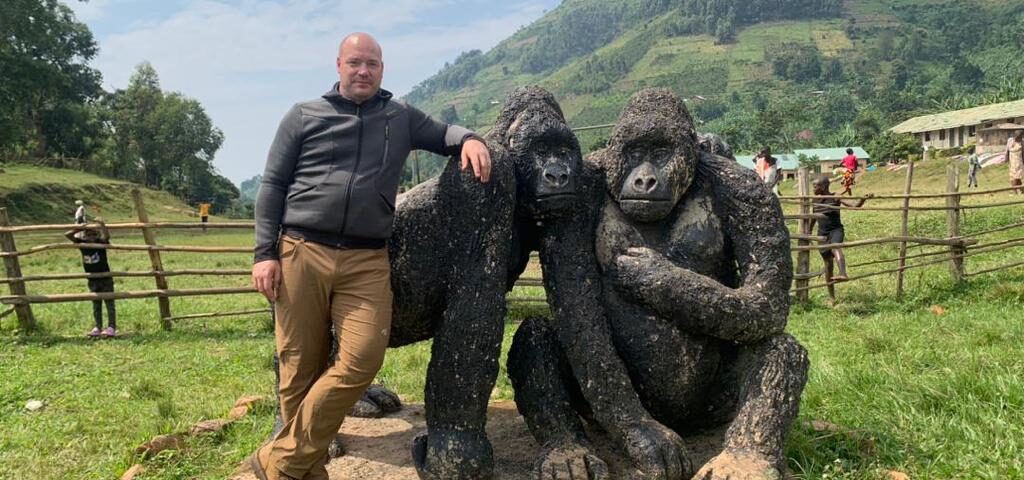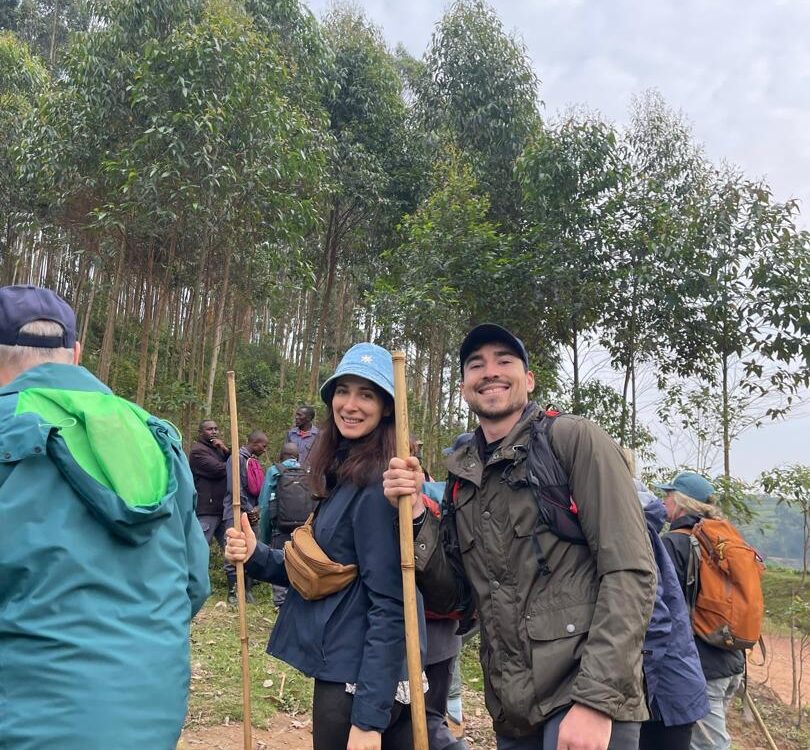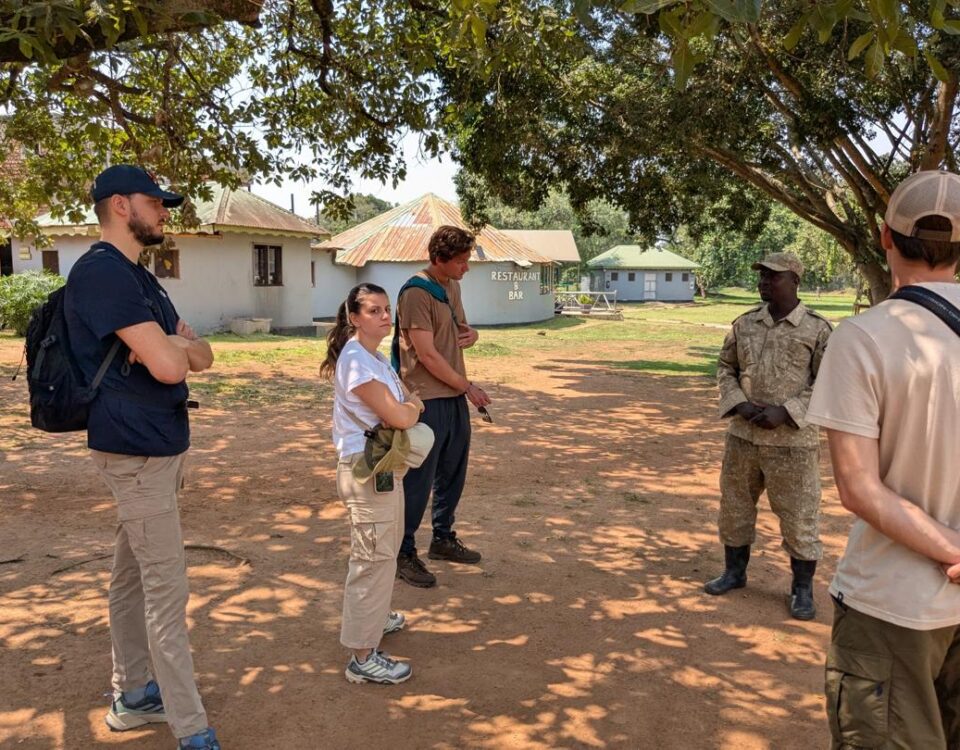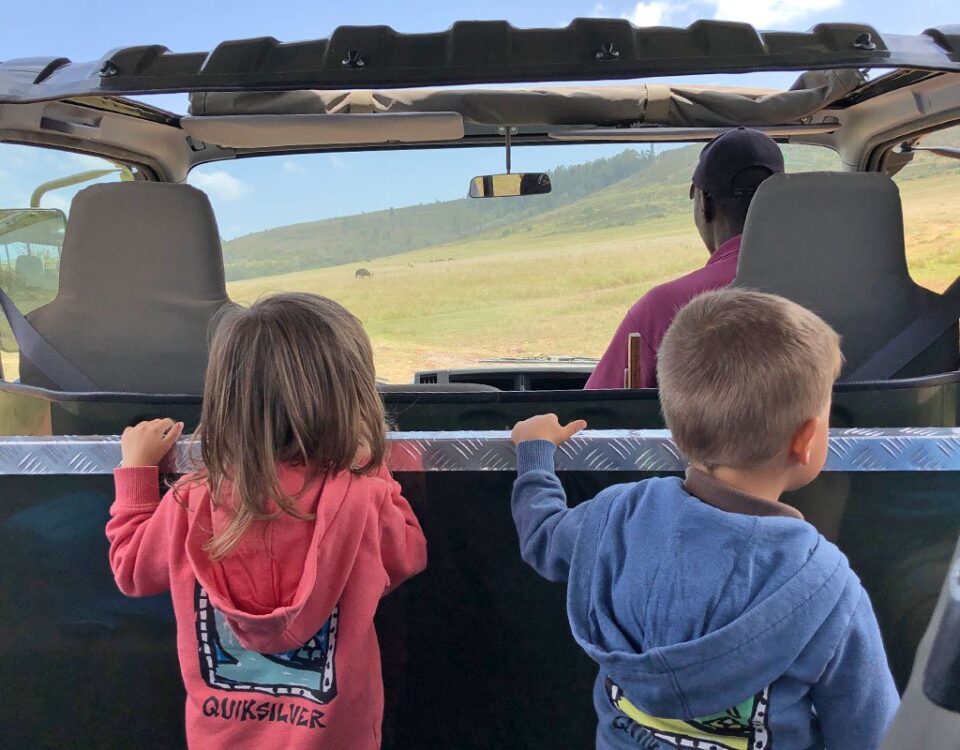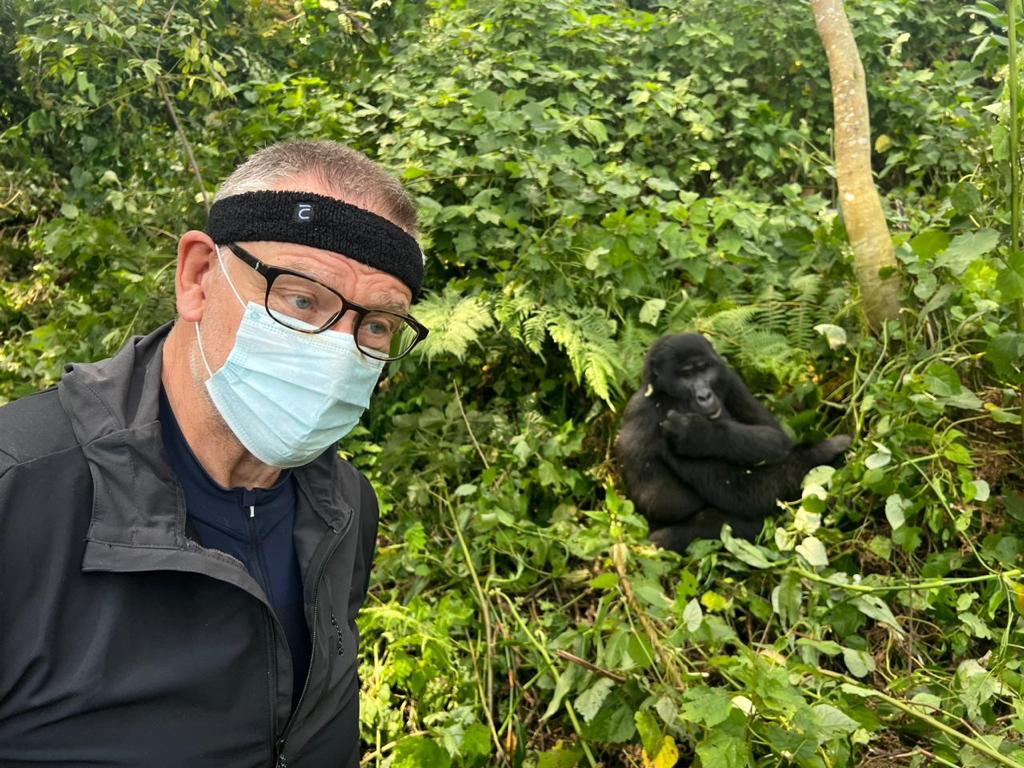
Do I Need Gloves for Uganda Gorilla Trekking?
April 22, 2025What Are the Closest Airports to Bwindi and Mgahinga?
April 22, 2025Do I Need Walking Sticks for Uganda Gorilla Trekking?
One of the common questions travelers ask when preparing for gorilla trekking in Uganda is, “Do I need walking sticks for Uganda gorilla trekking?” At Tubale Safaris Ltd, we understand the challenges of trekking through the rugged terrain of Uganda’s national parks, where the trails can be steep, muddy, and slippery. The simple answer is yes, walking sticks are highly recommended for gorilla trekking in Uganda, especially if you’re trekking in forests like Bwindi Impenetrable Forest or Mgahinga Gorilla National Park. In this guide, we will explain why walking sticks are important, how they can improve your trekking experience, and whether you should consider using one during your adventure.
Uganda Gorilla Trekking Safari Packages and Tours
- 3 Days Gorilla Habituation Safari
- 3 Days Gorilla Trekking Tour
- 3 Days Uganda Fly to Bwindi
- 5 Days Wildlife & Gorilla Safari
- 7 Days Uganda Gorilla Safari
- 8-Day Gorilla & Wildlife Tour
- 9 Days Best of Uganda Safari
- 5 Days Gorilla & Rafting Safari Uganda
- 6 Days Primates Safari Tour
- 10 Days Birding Tour Uganda
- 10 Days Uganda Wildlife Tour
- 12 Days Uganda Wildlife Tour
- 13 Days Pearl of Africa Tour
- 15 Days Uganda Safari
- 18 Days Uganda Safari
- 21 Days Birding Uganda Safari
- 24 Days Best of Uganda Tour
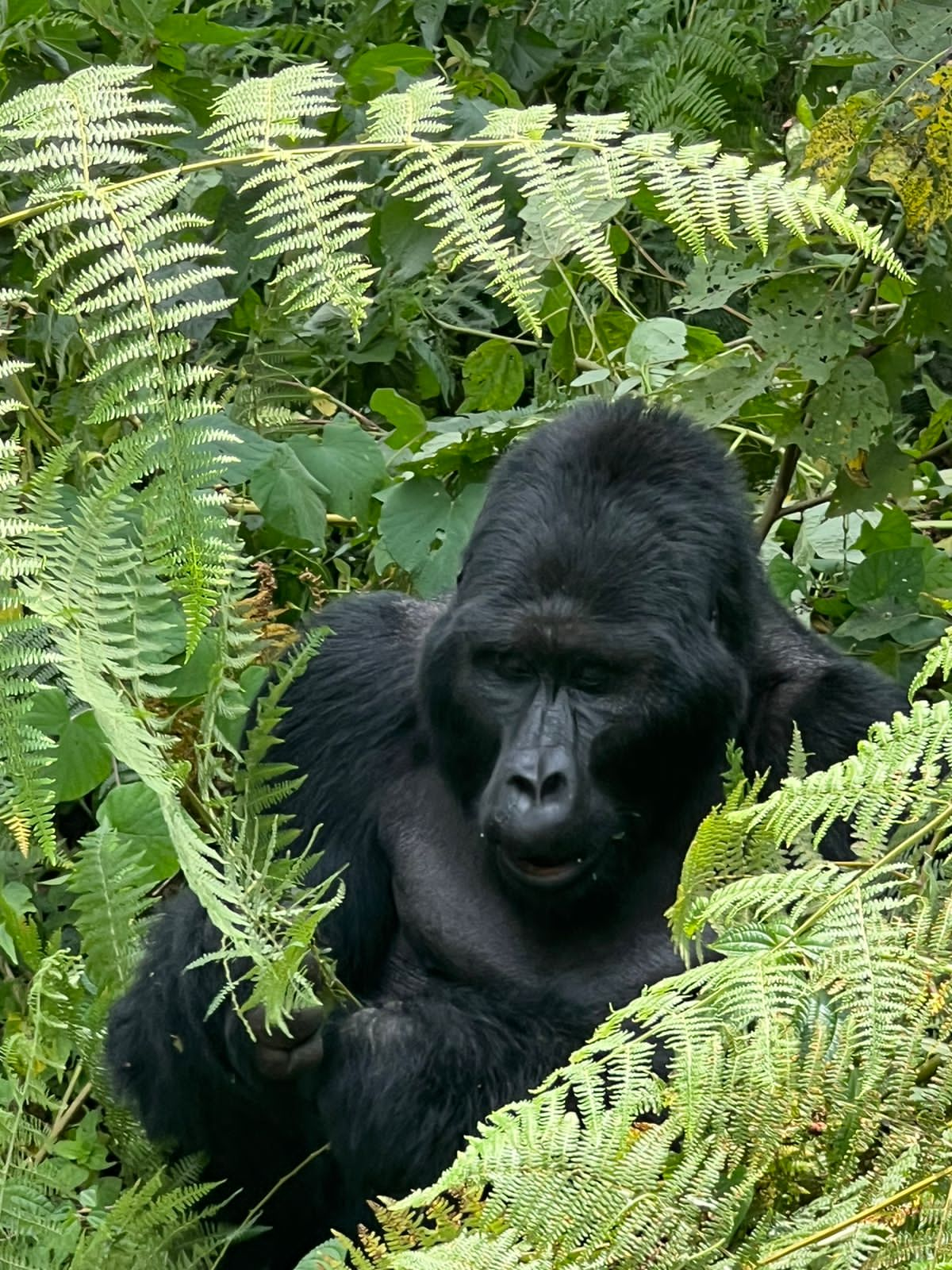
gorilla Trekking Safaris in Uganda
Why Are Walking Sticks Recommended for Gorilla Trekking?
Support and Stability on Difficult Terrain
Gorilla trekking in Uganda involves navigating some of the most challenging terrain in East Africa. The trails can be steep, slippery, and uneven, with thick vegetation and muddy paths. Having a walking stick can provide extra support and stability, especially when crossing muddy areas or navigating steep inclines.
Walking sticks are designed to help distribute your weight more evenly, reducing the strain on your legs and knees. By using a walking stick, you are less likely to slip on wet rocks or lose your balance on uneven paths. It’s not uncommon for trekkers to experience fatigue in their legs during the trek, especially when climbing up or down steep slopes. A walking stick helps alleviate some of that strain and offers an additional point of contact with the ground, helping you maintain your balance.
For those who may not have the same level of physical fitness or mobility, a walking stick can be an invaluable tool to assist with navigation through Uganda’s dense, forested trails. It can make your trek feel more manageable and allow you to enjoy the experience without the added concern of potential falls or injuries.
How Walking Sticks Improve Your Trekking Experience
Reduced Risk of Injury and Fatigue
Trekking to see the endangered mountain gorillas is a physically demanding experience, and without the proper support, it can feel even more challenging. Walking sticks not only offer physical support but also reduce the chances of injury. In Uganda’s dense forests, where the ground is often uneven and slippery, a walking stick can act as a third point of contact with the ground, which helps to stabilize your body and absorb some of the shocks from walking on tough terrain.
Additionally, walking sticks can also help reduce the risk of muscle fatigue. They provide extra leverage, allowing you to use your upper body strength more efficiently while taking some of the pressure off your legs. This means that you’ll be able to trek for longer periods without tiring as quickly. Trekking can often last between 2-8 hours, depending on the location of the gorilla group, so maintaining your energy levels throughout the trek is essential.
Moreover, for travelers who may have knee issues or joint pain, walking sticks are especially beneficial. By using the walking stick to take some of the weight off your knees, you can reduce the discomfort that may arise from climbing up or descending steep slopes during the trek.
How to Use a Walking Stick During Uganda Gorilla Trekking
Proper Techniques for Maximum Benefit
Using a walking stick correctly can significantly improve your trekking experience and ensure your safety. When you’re hiking with a walking stick, it’s essential to hold it firmly with a relaxed grip to avoid strain on your wrist. The stick should be long enough to reach the ground comfortably when you’re walking on flat surfaces but not so long that it makes it harder to move.
While trekking through steep areas, push down with your walking stick to help with balance and to relieve pressure on your legs. When descending, use the stick to prevent slipping and to give you additional control over your body as you move. If you’re climbing uphill, use the walking stick to help propel you forward, and shift some of your weight off your legs.
Walking sticks are also helpful for providing extra stability when crossing streams, navigating over roots and rocks, or walking through dense vegetation. They give you added security on difficult terrain, allowing you to move more confidently without fearing you’ll lose your balance.
Should I Bring My Own Walking Stick or Rent One?
Where to Get a Walking Stick for Gorilla Trekking
At Tubale Safaris Ltd, we recommend that trekkers use walking sticks, and fortunately, most trekking companies in Uganda, including our services, offer walking sticks for rent. You don’t need to purchase one ahead of time unless you prefer using your own. Walking sticks are typically available at the starting point of your trek or can be arranged by your guide.
If you decide to rent a walking stick from your tour operator or the park, it’s usually a very affordable addition to your trekking permit cost. Some trekking lodges or hotels near the gorilla trekking starting points also provide walking sticks for guests. However, if you prefer to bring your own, be sure it’s lightweight and durable enough to withstand the demands of trekking through Uganda’s forests.
It’s worth noting that while the walking sticks provided by tour operators are sturdy and reliable, it may take some time to adjust to a new one. If you already have a walking stick that you’re comfortable with, feel free to bring it along. Just make sure it’s easy to pack and won’t weigh you down too much during your travels.
Other Essential Gear for Gorilla Trekking in Uganda
What to Bring Along for a Safe and Comfortable Trek
While walking sticks are a key item for your Uganda gorilla trek, there are other essential items to bring to ensure your comfort and safety. Here’s a quick checklist:
- Sturdy hiking boots: Waterproof boots with good ankle support are crucial for navigating Uganda’s muddy and rocky terrain.
- Rain jacket: The weather in Uganda’s tropical forests can be unpredictable, so it’s important to pack a lightweight, breathable rain jacket.
- Insect repellent: Although not directly related to walking sticks, insect repellent is essential to protect you from mosquitoes and other bugs in the forest.
- Hat and sunscreen: Protect yourself from the sun during your trek.
- Water and snacks: Stay hydrated and energized, especially during longer treks.
Conclusion: Why You Should Use a Walking Stick for Uganda Gorilla Trekking
To summarize, do you need walking sticks for Uganda gorilla trekking? Yes, they are highly recommended! A walking stick can provide crucial support and stability while trekking through Uganda’s challenging terrain, reducing the risk of injury and fatigue. Whether you decide to rent one or bring your own, the benefits of using a walking stick far outweigh the minor inconvenience of carrying it. Tubale Safaris Ltd ensures that you are well-prepared for your adventure, so you can focus on the exciting experience of trekking to see the magnificent mountain gorillas. With the right gear, including walking sticks, your gorilla trekking journey in Uganda will be one to remember for years to come.

